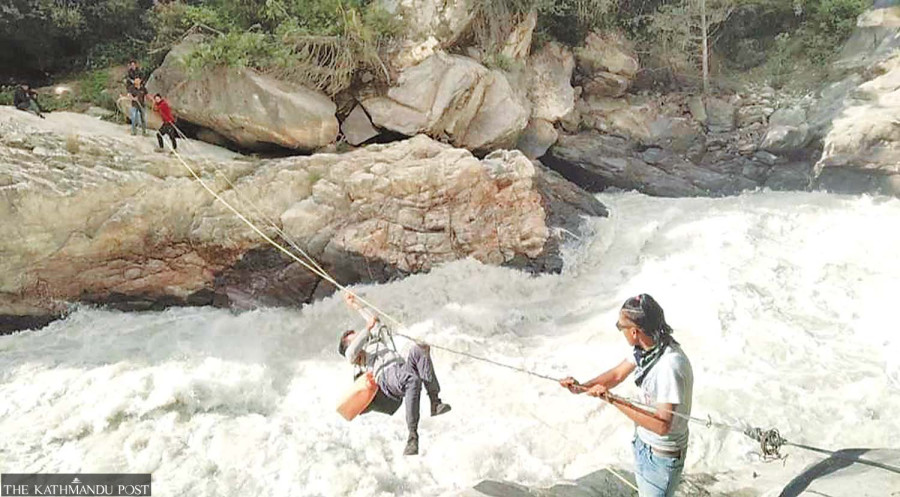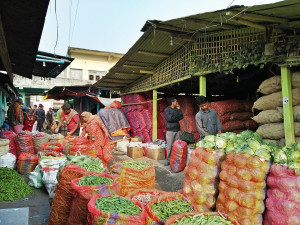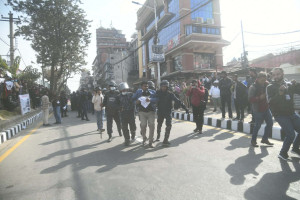Editorial
‘Tuin’ terror
How many more people must die while crossing rivers before the state takes the issue seriously?
In many remote settlements of Nepal’s Karnali and Sudurpaschim provinces, people still cling to makeshift cable crossings called ‘tuins’ strung high between riverbanks to get to the other side. These tuins are used to access basic services, reach regional headquarters, offices, and schools, or buy daily essentials. Many understand such a risky crossing could cost them their lives, but they are left with no other options. Recently, a 28-year-old man from Dumling in Byas Rural Municipality-2 of Darchula district fell into the Mahakali River and went missing after a support pole broke. Unfortunately, over the past three decades, 23 people from the same rural municipality have fallen into the river and died. Twenty of these deaths were in the Dumling area alone. Yet, the lot of locals has hardly improved, as this side of the Indo-Nepal border is still without a walking trail, let alone a road. As a result, they are compelled to cross into the Indian territory through perilous tuins even to reach the district headquarters, Khalanga.
Successive governments have pledged to replace these cable crossings with suspension bridges. During his first term in office in 2015, Prime Minister KP Sharma Oli declared that he would get this done within two years. But lip service is one thing, the ability to pull it off another. Come 2025, not only Darchula, other districts like Jajarkot, Humla and Salyan are still left in the lurch without any sustainable river crossings. Even the Karnali provincial government aimed to rid the province of tuins within this fiscal year, but fell short.
Some bridges and roads have been built two to three hours away from the Dumling area, but these are far from helpful. Jobholders and students often avoid lengthy journeys. For instance, the much-anticipated Darchula-Tinker road has opened a track up to a place that is still three hours away from Dumling. As the federal government set aside only Rs10 million for the road project in this fiscal year, the locals aren’t convinced that the road will cater to their needs.
As more and more people succumb to preventable deaths, Nepal lacks effective policy interventions. Many of the hassles could be removed if the federal government, which still handles road and bridge construction projects, gives local and provincial governments the authority and budget to effectively address the issue. Additionally, keeping an accurate record of the tuins in the provinces would help the authorities phase them out; the paucity of data has only worsened the problems. How many more people must die while crossing rivers before the government takes the issue seriously?
Those making decisions in Kathmandu often cannot comprehend how difficult it is for people in the far west to undertake such risky journeys. Unnecessary cross-border travel also compounds people’s problems, as the tuins linking Nepal-India border points have also resulted in security and sovereignty issues in the past. Jaya Singh Dhami’s tragic incident from 2021, whereby an Indian security personnel allegedly untied the tuin just as Dhami was about to reach the other side, emphasises the vitality of border roads, bridges and related infrastructure. It is high time the state guaranteed the right to safe and dignified travel for those living on the margins.




 10.12°C Kathmandu
10.12°C Kathmandu












%20(1).jpg&w=300&height=200)

